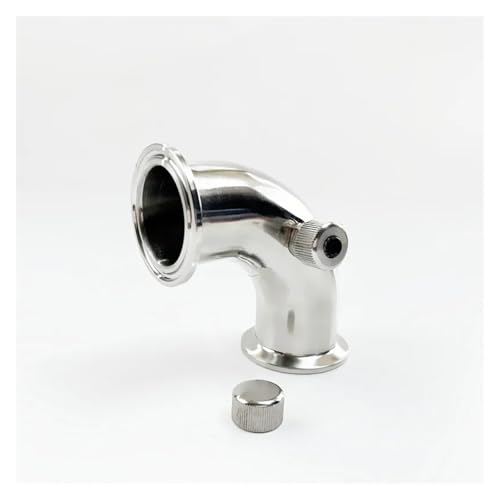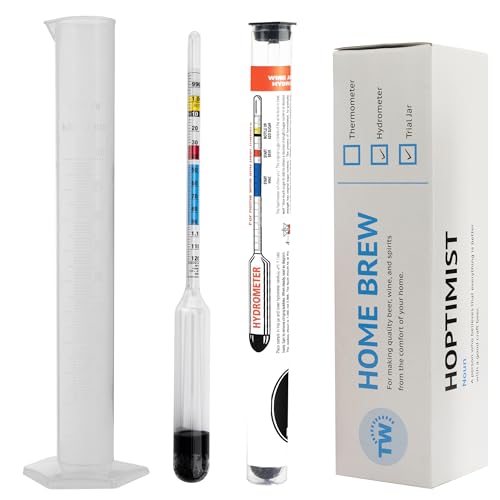Libigage
Landlord.
- Joined
- May 22, 2020
- Messages
- 530
- Reaction score
- 276
I want to move into water treatment, but I just don't get it. I'm not normally thick but this goes right over my head.
This my water report, I'm getting a bit confused with calcium carbinate and calcium, which one am I aiming to change? Can someone help me please. I mainly make hoppy pale ales and I want to get into water treatment but it just blows my mind. I use a gen 3.1.1 35 litre brewzilla and a 30 litre burco for my sparge water. Obviously there is dead space below the burco tap so I was thinking of filling 2 x 25 litre containers ( with screw tops) with tap water and treating one as mash water and one as sparge water and then just using the the amount of water needed. Can someone tell me what I need to buy and how much to add so I get the correct water profile please. I've read strange Steves thread which helps me understand a bit but I still can't work it out.
This my water report, I'm getting a bit confused with calcium carbinate and calcium, which one am I aiming to change? Can someone help me please. I mainly make hoppy pale ales and I want to get into water treatment but it just blows my mind. I use a gen 3.1.1 35 litre brewzilla and a 30 litre burco for my sparge water. Obviously there is dead space below the burco tap so I was thinking of filling 2 x 25 litre containers ( with screw tops) with tap water and treating one as mash water and one as sparge water and then just using the the amount of water needed. Can someone tell me what I need to buy and how much to add so I get the correct water profile please. I've read strange Steves thread which helps me understand a bit but I still can't work it out.











































